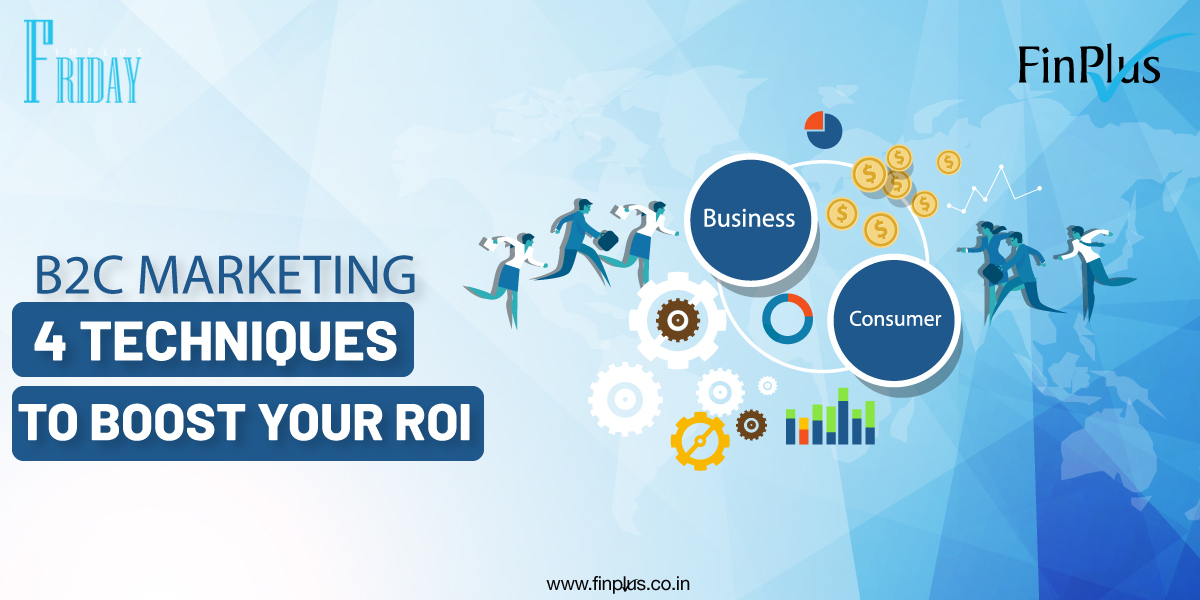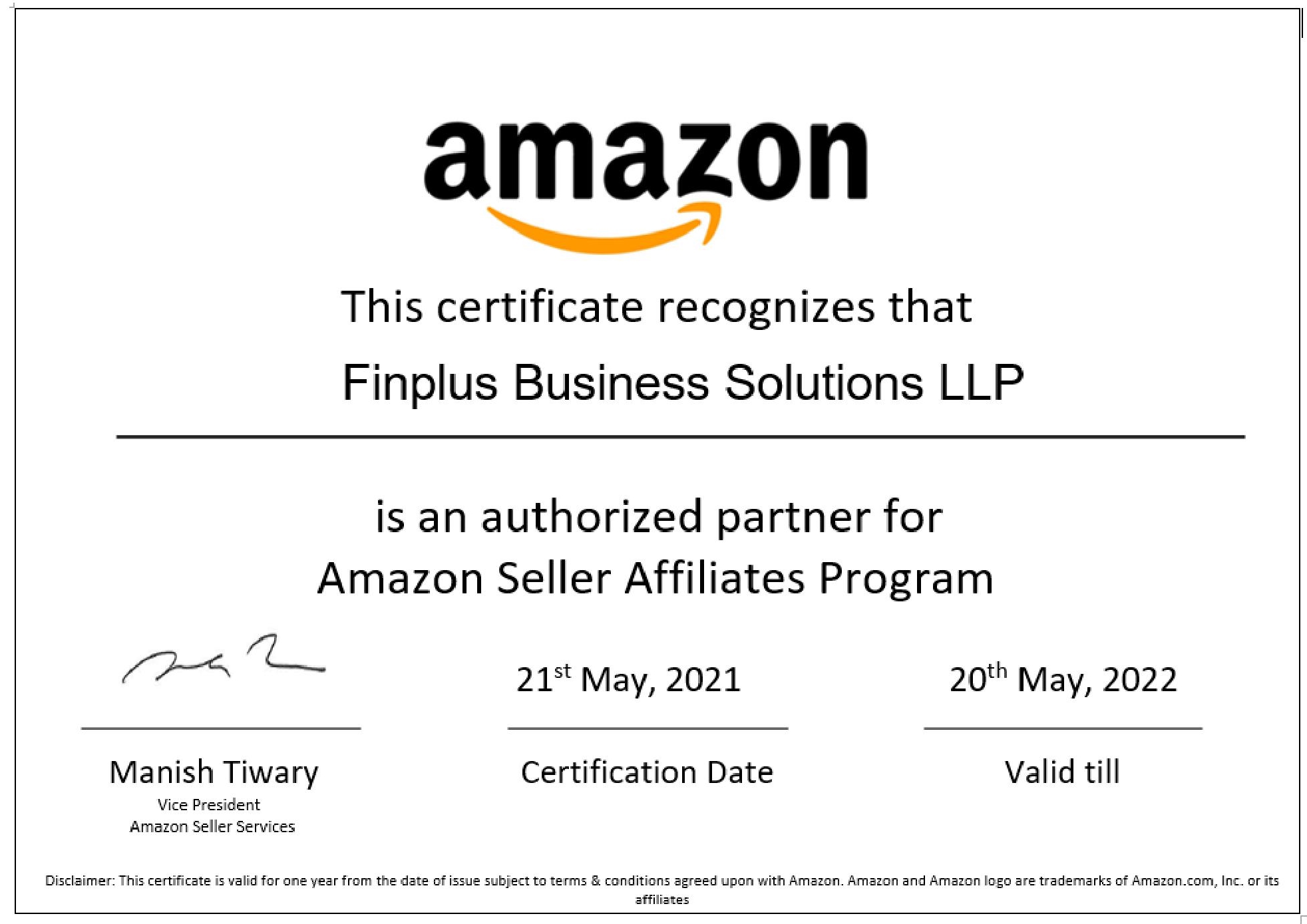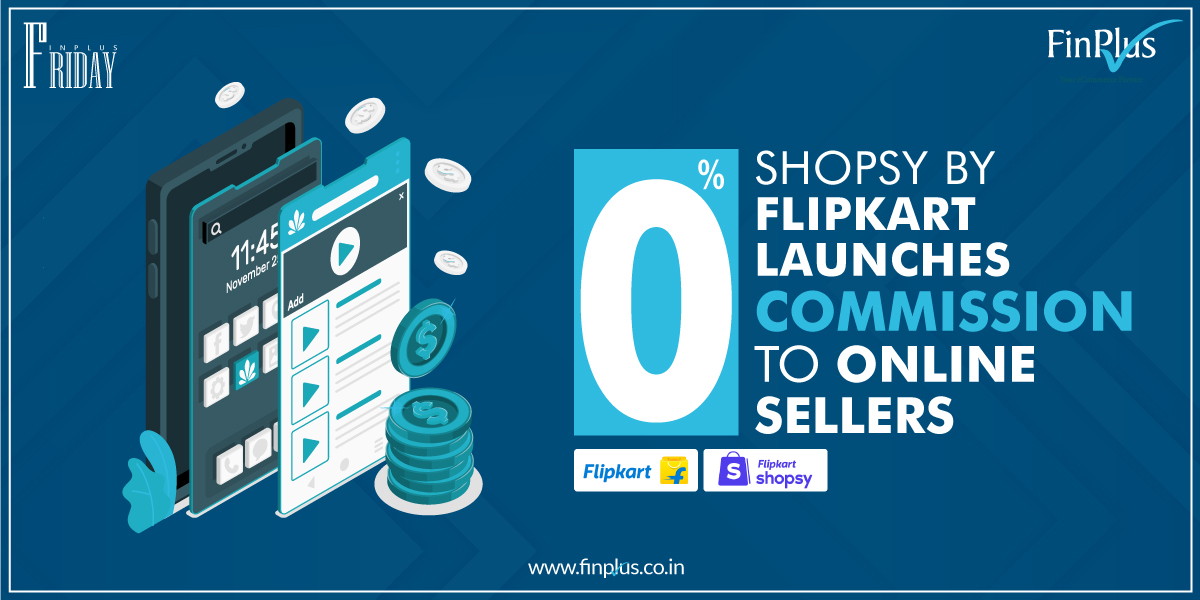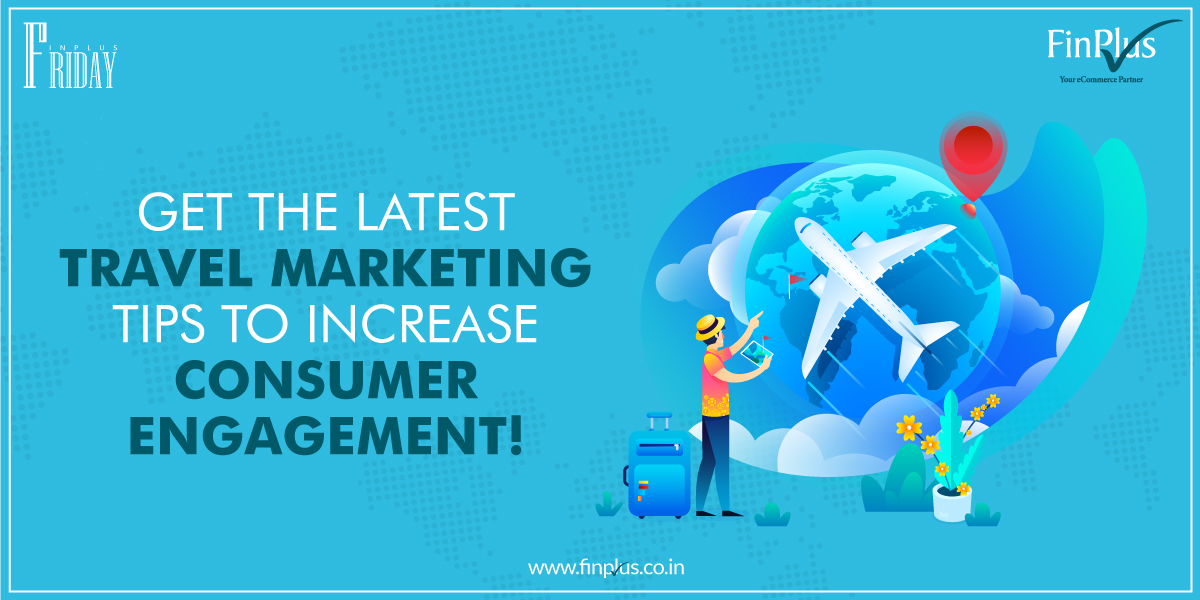
B2C Marketing: 4 Techniques To Boost Your ROI

When you market for a B2C company, your job is to attract temporary buyers and show them why your brand is a great fit for their needs. However, not all strategies are suitable for consumer audiences. To get the best return on investment (ROI), you need to create a B2C marketing strategy that is different from any B2B plan you can create. In this guide, we will explain what B2C marketing involves and provide you with some practical tips that can be used in future marketing activities.
What is B2C marketing?
The term business-to-consumer (B2C) refers to the process of selling products and services directly between a business and consumers who are the end-users of its products or services. Most companies that sell directly to consumers can be referred to as B2C companies.
B2C became immensely popular during the dotcom boom of the late 1990s when it was mainly used to refer to online retailers who sold products and services to consumers through the Internet.
As a business model, business-to-consumer differs significantly from the business-to-business model, which refers to commerce between two or more businesses.
B2C vs. B2B marketing
In order to start with the marketing side of B2B and B2C, let’s quickly identify the overall difference between B2B and B2C.
Business-to-business (B2B) is the term used to describe a business relationship between at least two companies. This can be small businesses, medium sizes businesses or large corporations. An example of B2B would be a chipset manufacturer that sells its products to other companies.
Business-to-consumer (B2C) is the term used to describe a business relationship between one company and at least one individual consumer. An example of B2C would be a travel agency that sells flights to individual consumers.
With these key differences in mind, you may have already caught on to a few ways B2B and B2C marketing need to differ. These include:
- Length: B2C campaigns must be concise to captivate consumers, whereas B2B campaigns can be more elaborate.
- Persuasive technique: B2C marketers should capitalize on pathos, the emotional appeal, while B2B marketers should stick with logos, the logical appeal. Some B2C companies (like eco-friendly brands) may also find success when focusing on ethos, the ethical appeal, but B2B customers will usually consider evidence first.
- Level of technicality:Your B2C campaigns shouldn’t be complicated, but B2B campaigns can delve into evidence and showcase a brand’s expertise. B2B marketers are more likely to thrive through technical content marketing efforts, like webinars and white pages.
The 4 best B2C marketing tips
As you already know, it is very important to take the right approach and consider who the end user of your product or service is. When people shop for themselves, they go through a unique buying process, and you want it to happen when this happens. Here are four consumer marketing techniques that can help your B2C business reach your audience:
1. Embrace social media
Nearly 3 billion people worldwide use social media, including 72% of adults. Therefore, this marketing channel is the only place where you can connect with consumers. However, social media marketing plans are not entirely conducive to building brand awareness. An excellent channel for you to build relationships that can bring long-term customer loyalty.
By using social media, you can interact more deeply with customers in the following ways:
- Engage:You can start real, two-way conversations on any social media channel. You can also encourage followers to contribute user-generated content and further build your audience.
- Display your brand: Social media allows you to put your brand personality on display and give your customers something to relate and connect to.
- Offer value:Whether your social media presence is entertaining or informational, you can provide value beyond your product or service while keeping your messaging short and sweet.
2. Recognize your shoppers
B2B marketing provides solutions for the entire company and separates the brand from individual buyers, while B2C marketing focuses on customer relationships.
By targeting individual consumers, you want everyone to feel seen. Even if you use marketing automation tools, your customer interactions should be a bit personalized. Personalization can be as simple as greeting customers by name, perhaps both in-store and online, but it usually doesn’t stop there.
All your marketing materials, whether its email campaigns, landing pages, search engine marketing, etc., need to take specific audiences into consideration. Therefore, your customers know that you understand their interests and will not disturb them with third-party content.
This will increase brand loyalty, which will inspire your emotional decision again. Some B2C marketers have also created loyalty programs that people can recognize every time they make a purchase.
3. Create a pricing strategy
Although sales are not particularly attractive to B2B decision makers who spend a lot of time researching, consumers are easily attracted by its perceived value. A good pricing strategy showcases the products you offer to your target audience. The accessibility advantage that attracts your attention while working out of the box. Some examples of effective pricing strategies may be:
- Competitive pricing:Offer lower prices than your competitors so consumers are drawn to you for your value.
- Loss leader pricing:Offer an attractive sale or coupons for your product or service to get consumers to visit your store and perhaps buy more.
- Psychological pricing:Both e-commerce and brick-and-mortar stores can capture attention by using techniques like odd pricing (for example, $9.99 instead of $10) and words like “free” or “sale.”
4. Focus on Omni-channel marketing
Convenience is essential to any shopper, but since consumers tend to be more focused, it is effective to find them anytime, anywhere. Omni-channel marketing is a method that combines online and offline channels and optimizes user experience. At every step of the purchase process. If you adopt an Omni channel approach, your target audience is more likely to hear your marketing message. Unlike appearing on Google or using only the in-store display, you provide consumers with multiple ways to contact them. Don’t let potential customers fall behind.
Combining Omni-channel marketing with repositioning strategies is a particularly effective method centered on customer incentives. After consumers visit your website, you can show them advertisements related to your brand and specific products or services they have seen across multiple channels.
Design your marketing for consumers
When developing a B2C marketing strategy, it is important to keep the target audience in mind. Marketing to consumers requires a unique approach that takes people’s motives into consideration, especially when they are also the end users of your product or service. When you start designing campaigns for these consumers, you may see an increase in retention and profitability.
Since your B2C marketing approach is helping you focus on customer loyalty, you may need to consider other ways to show your importance to potential customers and customers. Learn how to build a relationship marketing strategy, which will have a significant impact on starting brainstorming today.
Conclusion
Consult us to learn more about your B2C Marketing Strategy and how it can improve Return on Investments.
We can help you do your best. To learn more about FinPlus click here. Feel free to connect with us on enquiry@finplus.co.in or call us on 9326906669





